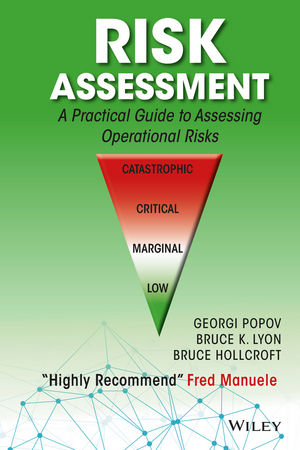As I approached the group, one of the bikers yelled out with a condescending tone, “Look what we’ve got here.†I heard a few chuckles, and then another group member barked, “You need a new bike.†My reaction: “You mean one like the one your daddy bought you? And do I also need one of those girly shirts?â€
Two factors stopped me from verbalizing these negative comments aloud. First, I was startled by their negative verbal behavior, and before I could think of a clever retort, the bikers were gone. And these derogatory comments came from about 20 individuals, each younger and more fit than I.
Emotional impact
It should have been so easy to blow off those comments. After all, I understand the psychological principles behind the deprecating comments. The cyclists likely expected social approval for their outbursts. And responsibility for the criticism could be diffused among other members of the group. That diffusion of self-accountability was facilitated by the group’s homogeneity.But explaining behavior does not necessarily minimize its impact. I ruined the first half of my bike ride with negative and destructive self-talk such as:
“Why is the younger generation so confrontational?â€
“Why didn’t a lone biker twice their age or more get waves of social support instead of ridicule?â€
Missed opportunity
Engrossed in my negative self-talk and peddling up a long and steep hill, the group I saw earlier was now dispersed and seemingly racing individually down the hill to a finish line. Every biker waved enthusiastically, and many shouted positive words in a supportive tone.“Good morning.â€
“It gets easier.â€
I just nodded my head and peddled on. That brief encounter 40 minutes earlier suppressed positive emotions and caused me to miss an opportunity to reciprocate encouraging hurrahs.
Group vs. individual decisions
Those positive statements from individual bikers contrasted sharply with the earlier negative remarks from the group. Let’s consider three factors that contribute to this behavior in a group versus a one-to-one situation.1) Diffused responsibility: It is natural for people to feel they cannot be held personally accountable when taking a risk — such as shouting critical remarks at a passerby — as part of a group or team. The risk of failure (or any sort of retaliation) is spread around.
How often does a work group decide to bypass or overlook a safety protocol, perhaps for more efficiency or productivity? If this results in someone getting hurt, no one person can be held accountable.The risk was a group decision.
2) Deindividuation: Deindividuation — loss of identity and sense of personal responsibility — is facilitated when group members wear uniforms and cut their hair in similar ways, as in prisons, cults, monasteries, and the military. The bikers I encountered were all dressed in similar apparel and rode high-end racing bikes.
Generally, whenever a group fails to support individual contributions, group members might give up their identity and sense of personal responsibility. This can lead to a perceived loss of personal control and contribute to complacency.
3) Groupthink: Deindividuation can influence some people to avoid speaking up when they disagree. Silence is interpreted as consent and supports an illusion of group unanimity. Social psychologists call this “pluralistic ignoranceâ€.
I bet you can think of several examples of groupthink. Whenever groups attempt to reach a quick decision without substantial discussion, the probability of groupthink is increased. Whenever the leader of a group stifles disagreement and advocates unanimity, they risk the disadvantages of groupthink.
Of course, a group leader who embraces diverse opinions, invites input and critique, and challenges individuals to think outside the box decreases the probability of groupthink. Also, effective leaders do not let negative emotions impact their actions. Obviously, I was not emotionally intelligent that morning. I hope reviewing the principles discussed here will help me do better next time. How about you?

